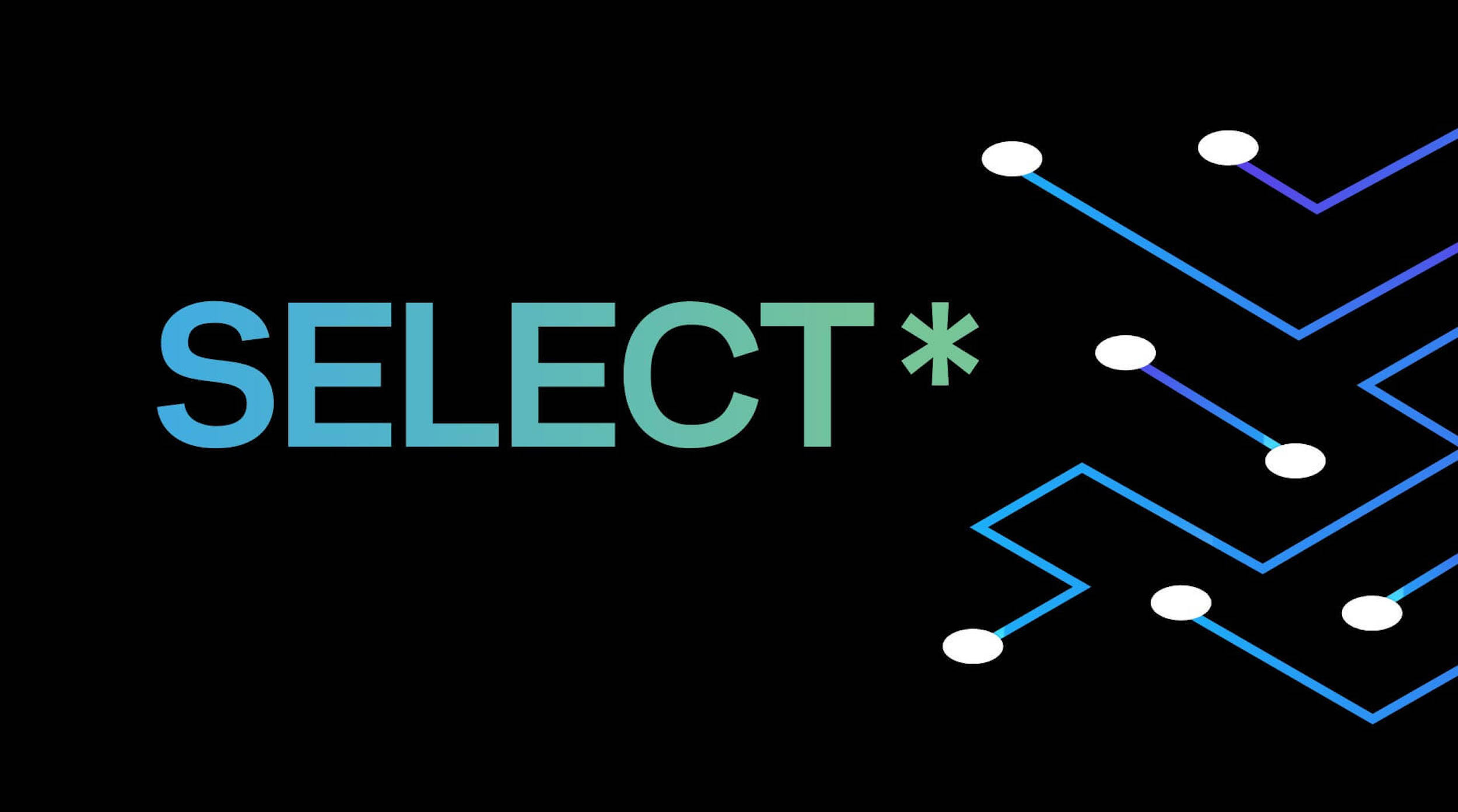Though HarperDB is a database and not an application company, we often find ourselves building templates for partners to prove the value of edge and distributed computing. Our partners then leverage these templates to develop custom solutions to meet the specific needs of their clients. One of our most successful templates supports mobile asset management using edge computing, collection and data analysis. Although there are many point solutions on the market today for “fleet management,” including some from the major telecom providers, this template is resonating with our clients and partners who are willing to deploy a more custom solution that fits into their environment and better supports their specific business processes.
We believe that there is now a higher willingness to implement custom tools because there are modern technologies like Node-RED that are simplifying the process. When clients realize the power of tools such as Node-RED to wire together devices and easily build business frameworks using a GUI, they are more inclined to accept a more custom solution. In many cases, their inability to configure the “out of the box” fleet management solutions to meet their high value business requirements leads them to the realization that a more custom solution suits their needs.
Edge Based Solution
Implementing an edge based computing environment such as the HarperDB mobile asset template reduces reliance on a persistent LTE network connection from a major carrier. The reason that these telecom carriers offer fleet management applications is primarily to push more data onto their networks using a store and forward data paradigm. In these solutions, the data is collected on edge devices and then immediately forwarded to the cloud for storage and analysis. These solutions can be very inefficient as they assume that every string of data collected has the same level of importance for the customer - and the customer pays for every string of data to be transmitted across the network to a generic application stack in the cloud. Store and forward works fine for some clients, but it has inherent latency and the standard devices often do not collect and process the information necessary for specific business processes.
There are a several use cases where a persistent and expensive LTE connection may not be required. These include environments where the mobile assets are located within a specific site or boundary such as a mine site or remote oil and gas field. In these cases, there are alternate network options including fixed WiFi or RF. We have been working with RF systems providers that offer very inexpensive yet robust options for connectivity. Coupled with edge based filtering and processing capabilities on each vehicle, these lower bandwidth solutions offer considerable flexibility and cost savings.
In many of these industrial use cases, standard vehicle tracking devices such as OBDII scanners are not sufficient to track these assets because their sensors extend beyond the traditional fleet vehicle requirements. These clients do have many standard pickup trucks and fleet cars, but they also operate a variety of mobile assets including earth movers, forklifts and cranes. In these environments, each asset may have a specific set of sensors provided by the manufacturer. Providing high value applications, such as condition based maintenance and geofenced location detection, requires custom sensor integration into an onboard edge device. Once the sensors are integrated, edge based processing and filtering can then be applied to meet the specific use cases. The HarperDB mobile asset template provides these components, as well as a site specific data aggregation administrative service using a variety of connectivity options.
The basic components of the template include a low cost ARM device, which runs on each mobile asset essentially as a black box but with network connectivity. On this edge device, there is a device version of HarperDB which collects, stores and manages sensor data, a Node-RED implemented integration package for reading sensors, and analytics tools such as TensorFlow which will query the database and perform client specific filtering, alerting or advanced machine based processing. The black box reads and analyzes sensor data in real time, and HarperDB transmits the processed results when network connectivity becomes available. The supervisor node onsite receives these processed results which can be aggregated on a dashboard or integrated to a backend ERP or historian. The entire process can be achieved without the need for persistent and expensive network connectivity, or heavy cloud computing backend infrastructure. In fact, the overall process can be achieved without any internet access at all.
Real World Application
To put this into context, I offer a use case where the HDB mobile asset template would effectively support an industrial client. In this environment, there are several fleet vehicles (>100), several earth movers, forklifts and a couple of cranes. The main use case is to provide condition based maintenance to overcome a very dusty environment causing issues in their intake manifolds of the vehicles. The secondary use case is to better measure driver performance in this harsh environment. For the first case, the out of the box solution could not effectively measure the intake pressure on the heavy duty machinery using the standard devices. Additional sensors were required for this measurement which were complex to integrate into the standard product.
For the second use case, the vendor offered a harsh driving measurement which could not be configured by the client. Since the dirt tracks on site caused the vehicles to experience considerable amounts of motion, the system logged many “harsh” driving incidents. The definition of “harsh” is not configurable in the out of the box solutions - therefore this measurement or alert did not accurately represent driver behavior in this environment.
The area was less than 10 sq. miles with a single administration building in the middle of the site. Since the location was in a rural area, consistent 3G and 4G reception was not possible.
The solution included the implementation of ARM based edge devices wired to specific sensors on board each vehicle including the measurement of engine intake pressure. The devices were also outfitted with accelerometers to measure the motion of the vehicles. Business rules were developed which would read these sensors in real time and compare the values with client specific thresholds. When the values exceeded those thresholds, an event was created on the local HarperDB database in an event table. A central server with HarperDB would be implemented onsite at the administration building/shack. An RF antenna installed on the roof with line of sight to the mobile assets allows the device databases to replicate data to the server. Since the bandwidth was limited, the event data and a lower frequency location would be transmitted at schedule intervals. The central administrator could track all mobile assets, identify any intake manifold issues and determine when drivers performed outside of standards.
The HarperDB template provides a platform for managing mobile assets in industrial environments. Custom solutions are more easily managed using modern interfaces such as Node-RED, and low cost RF communications provide adequate data transfer when data is filtered and processed directly on the edge. The template utilizes a variation of the aviation “black-box” using low cost microprocessors and RF antennas, and can be effective in remote applications. In these applications, the edge becomes the cloud as the vehicles perform the intelligent data collection and processing.






.png)


.png)
